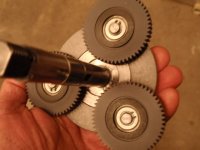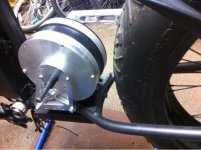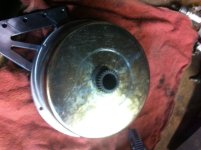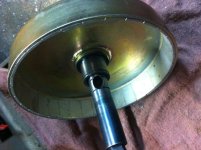speedmd
10 MW
I remember on several MX bikes I had ridden years ago, the ones with larger flywheels / crank mass, having noticeably more gyro effect. I would guess that the greater the rotating mass and the further off the ground the bigger the effect. Would be interesting to compare two e-builds with similar motors at very different motor heights.









